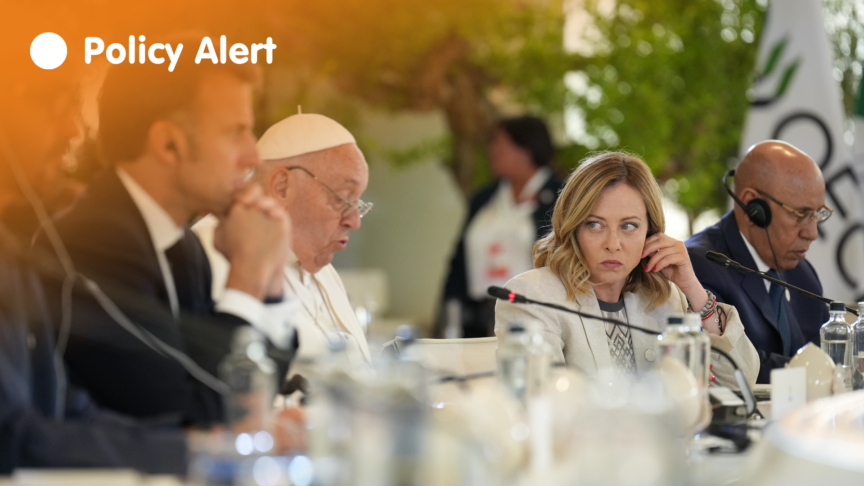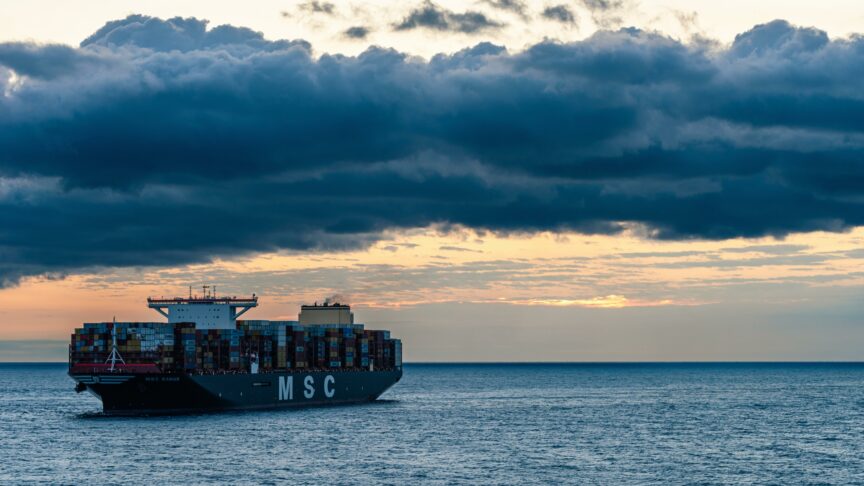New year’s irresolution: France, nuclear power, and the EU’s energy transition
The roles of gas and nuclear power in the EU’s transitional energy mix present France with one of the first big fights of its EU presidency
If there was one thing the French government wanted someone to resolve before jumping into the EU presidency chair at the beginning of this month, it was the European Union’s definition of clean energy under the European Green Deal (EGD). Given the government’s commitment to retaining nuclear energy as part of the EU’s transitional energy mix – 70 per cent of French power is generated by nuclear sources – it is impossible for the French presidency to act as an impartial broker of a deal on what the EU terms a “sustainable finance taxonomy”.
Separately, but no less importantly, it was always clear that the previous German government, led by the Christian Democratic Union, might be more open than its successor to a compromise on the issue (so long as gas was also included as a transitional fuel). This is because the new ruling coalition in Germany includes the Greens.
So, time was of the essence in thrashing out a compromise that met France’s needs. And Paris seemed to get what it wanted just before the twelve chimes sounded for midnight on 31 December. The European Commission shared a proposal for a sustainable finance taxonomy with member states that would class investment in a nuclear power plant as green if the project had a plan, funding, and a site to safely dispose of radioactive waste. (The proposal was immediately leaked.) To underline the fact that nuclear energy is only part of the transition, the Commission would require new nuclear plants to receive construction permits before 2045.
Of course, in view of the high tensions between EU member states on this subject, the benefits of an agreement on what counts as clean energy go well beyond France’s interests. Firstly, if the EU is to build up its resilience in the global transition away from carbon, it will need to make a collective commitment to implementing the most ambitious measures in the EGD. Given that all member states will need to manage the short-term economic and social costs of this to varying degrees, there is a need for solidarity within the EU. Such solidarity could be compromised by deepening divisions on the taxonomy, with member states lining up behind France or Germany on the nuclear question in much the same groups they formed during the financial and migration crises in the 2010s. The pro-nuclear camp includes Poland, Hungary, and the Czech Republic (the next EU president); their opponents include Germany, Austria, Luxembourg, and Denmark.
The recent proposal from the Commission – which classifies gas and nuclear fuel as part of the energy mix, and which binds member states together around the implementation of the EGD – could act as a platform on which to tighten the EU’s definition of clean energy. This next step could come when member states have greater confidence that the EGD will not compromise the EU’s economic security, and when other global players have done more to fulfil their climate commitments.
It is vital that the EU adopts a clear energy dialogue in its neighbourhood
Secondly, a clear signal on the EU’s energy mix is vital to its external relations, particularly in its neighbourhood. Russia, other eastern European countries, Turkey, and North African states are all watching closely for the outcome of this discussion, hoping for an indication of how they should build up their energy capacity to continue exporting to the EU. Therefore, indecision by the EU on such issues affects European energy security: should these suppliers begin to focus their attention on less demanding markets, the EU will miss an opportunity to push them to develop their renewable energy sources – sources on which Europe will partly depend for its future energy mix.
There is also a broader risk: good energy relationships are essential to the EGD’s global influence. This is particularly true in the EU’s neighbourhood, where shared ecosystems, transboundary pollution, and close economic relationships link member states with nearby countries. If they can all transition away from carbon together and in a clear and coordinated way, this will improve the EU’s prospects of persuading other third countries to adopt its climate legislation and joint policies – thereby giving the union more clout in international climate negotiations. In short, it is vital that the EU adopt a clear energy dialogue in its neighbourhood. And the union cannot achieve this without a collective agreement between its member states on which clean sources to include in the energy mix.
So, there are at least two good reasons for the EU deal to strike a deal on a sustainable finance taxonomy – and to do so quickly. But, unfortunately, the Commission proposal seems to have come slightly too late to do the trick. The governments of Austria and Luxembourg have both expressed outrage at the Commission proposal to include nuclear energy in the taxonomy – with the Austrian government even threatening to launch legal action if it goes ahead with this. There was some equivocation from the German government – with the Greens up in arms, and Finance Minister Christian Lindner, leader of the liberal Free Democratic Party, welcoming the proposal. But Chancellor Olaf Scholz has now confirmed that the German government considers nuclear energy to be too dangerous to include in the taxonomy. The dispute looks set to become one of the first big fights of the French presidency. Paris, urgently assessing the steps it should take, has not expressed a view on the issue so far. But in the tense build-up to the French presidential election – in which even illuminating national monuments with the EU flag has caused an outcry on the right – it seems unthinkable that Paris will abandon its demand to include nuclear energy in the transitional energy mix.
There is no easy answer to this conundrum, with EU member states adopting their positions on which energy sources to classify as clean largely in line with the differences between them in their current energy mix. But they need to keep their eyes on the bigger prize – holding together around the implementation of the EGD, and ensuring that they can capitalise on the EU’s early move to shape the incentives of third countries’ transition away from carbon. In this context, the union cannot afford to halt its journey to climate leadership before it has begun in earnest. To clearly signal that it has grasped the urgent need for climate action, the EU should leave both nuclear and gas out of the transitional energy mix.
The European Council on Foreign Relations does not take collective positions. ECFR publications only represent the views of their individual authors.



